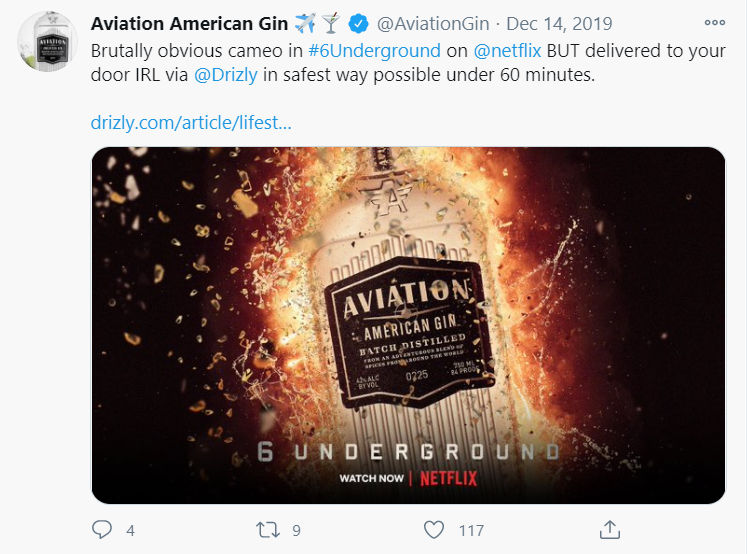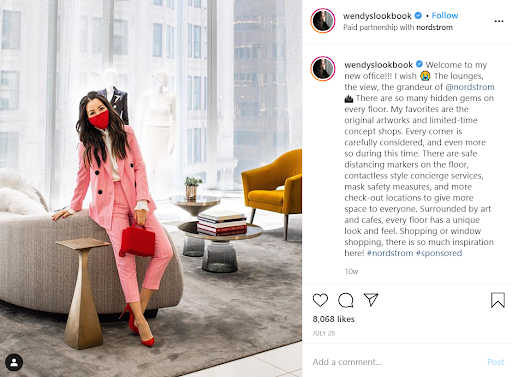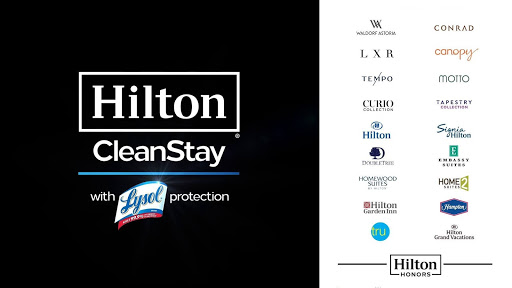2020 Omnichannel Marketing Trends: How’d we do?
Each fall, we develop our annual industry trends based on industry observations, competitive marketing intelligence, and consumer data. This year, the truly unexpected happened in the form of a global pandemic, which accelerated many of the trends we had anticipated for 2020. As we start preparing our 2021 Trends, let’s take a look at Comperemedia’s 2020 Omnichannel Marketing Trends to see where we got it right, and how the COVID-19 crisis influenced our predictions.
Trend 1: Paddling Upstream
Marketers will have robust streaming strategies the same way they have a social strategy or a direct mail strategy. As consumers increasingly turn to streaming platforms for their video consumption, it’s not enough for brands to simply use a TV recut for pre-roll ads. Marketers will plan for streaming campaigns that account for unique behaviors like bingeing, pausing, and heavy earned social engagement around major premieres. Marketers across sectors will begin to more effectively leverage programmatic capabilities to target video against specific consumer groups.
How’d we do? We were spot on!
Nearly 7 million households are expected to cut the cord this year, the sharpest decline over the past decade (7.5%). While notable streaming providers like Netflix and Apple are ad-free, many others have advanced their ad-supported models, both to give consumers different subscription price points and also to open advertising options to businesses of all sizes.
Hulu launched a self-service advertising platform designed to help small businesses place ads on the streaming platform. The minimum requirement for campaign spend on this model is only $500. This is a huge advancement knowing that more than 90% of Facebook advertising revenue is fueled by small businesses rather than large brands. This in addition to other ad formats launched in a year when consumers are increasing their streaming consumption including binge-supported ads, direct response ads, and choose-your-own ads.
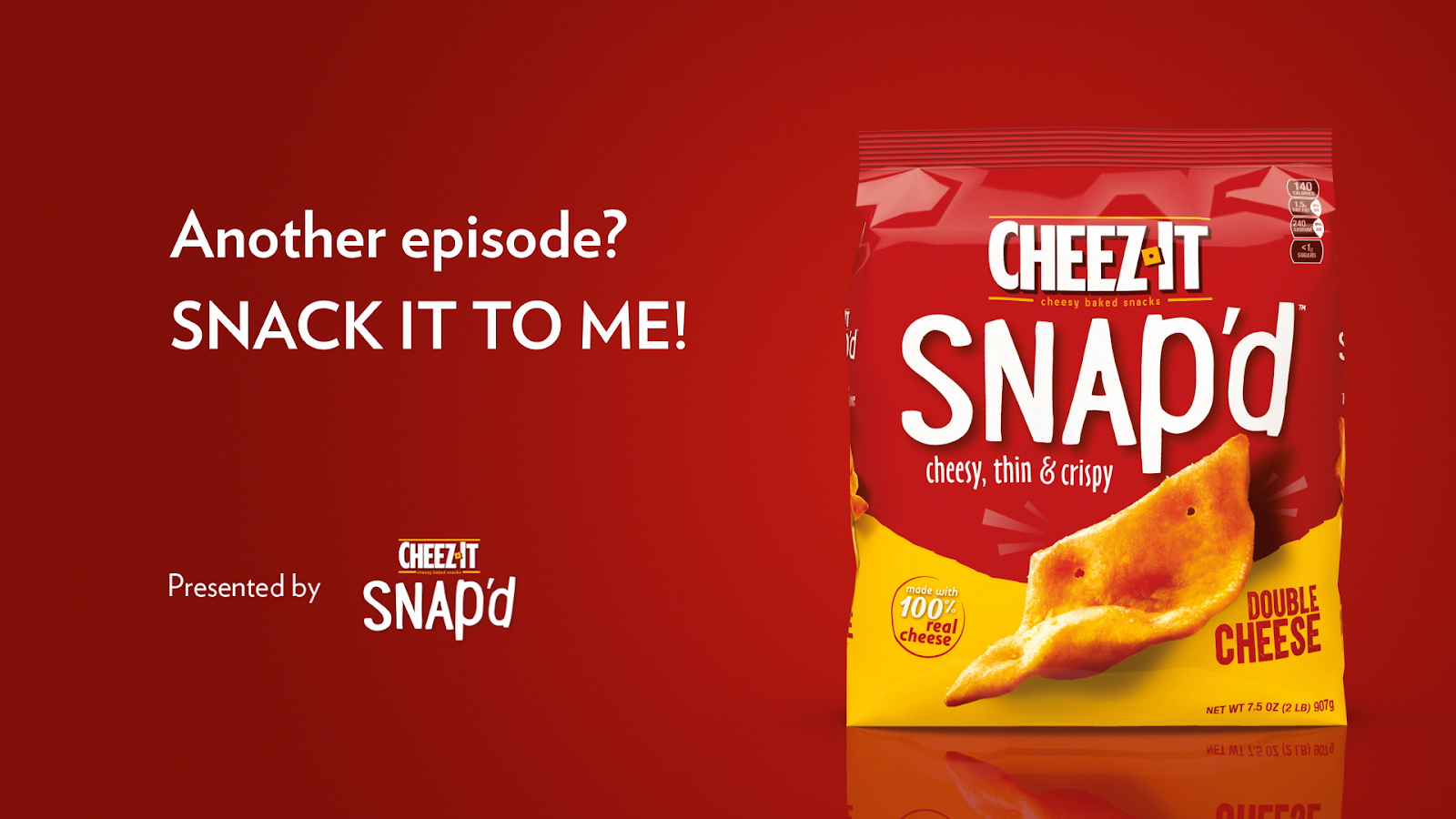
Peacock used its launch to promote ad delivery options to curious and eager advertisers. The much-typed 30 Rock reunion was described as a “blatant commercial” for the new platform, with actors describing advertisers as “some of the smartest and most physically attractive people this industry has ever seen,” in between ads for Peacock’s upcoming content.
Beyond ad-supported platforms, premium providers found ways to build cross-device and cross-channel campaigns. Ryan Reynold’s Aviation Gin partnered with Drizly to deliver gin to viewers of his new Netflix feature, 6Underground. Aviation Gin was also prominently featured in the film.
Trend 2: Brands – They’re Just Like Us
Brands that cannot find authentic ways to connect with consumers by humanizing each touchpoint will be left behind. Brands across sectors will lean into dynamic brand voice, ephemeral marketing, and 1:1 dialogue to serve maximum authenticity to consumers. More so than a particular channel, marketers will need to find ways to let consumers be in the driver’s seat of their ad experience, with brand as facilitator.
How’d we do? We were spot on!
As COVID-19 took hold in March 2020, brands were quick to respond with messages of support and empathy. The only problem is that a lot of this sentiment rang as disingenuous to consumers. In any other year this may have resulted in a mere eyeroll, but consumers took to social media to lambast brands for their overuse of “unprecedented” and “sad violin music.” The term unprecedented was used more than 6 million times on Twitter in March 2020 alone.

Consumers are hyper-aware of advertising as they spend more time engaged with streaming, social and televised media. Brands must quickly rise to the challenge and embrace authenticity or be left behind.
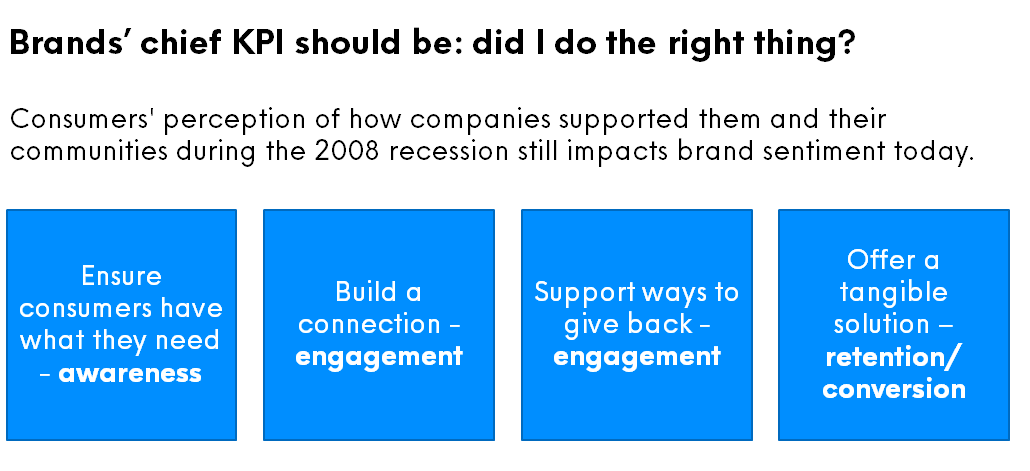
Beyond brand response to COVID-19, consumers took a crucial lens to corporate social responsibility and paid media initiatives that lent support to the Black Lives Matter movement in Q2 2020. It is no longer enough to check the box for CSR campaigns; they’ve become a necessary pillar of marketing strategy.
For example, amidst the height of protests in summer 2020, Uber launched an out-of-home campaign encouraging racist riders to delete the app.
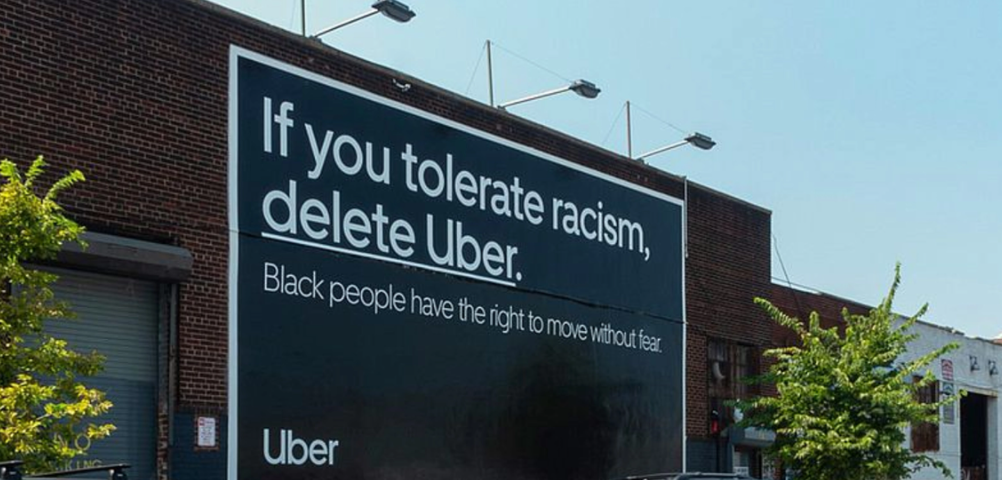
While the ad’s sentiment rang true in isolation, consumers alongside researchers who study Uber argued the ad was opportunistic, especially as Uber faces allegations of unfair labor practices and price discrimination in non-white neighborhoods.
Trend 3: Once Upon A Storefront
Brick and mortar isn’t dead – it’s now a top-of-funnel “channel” designed to support consumer research and capture intent to buy. Brands will use pop-ups and storefronts as a strategic marketing arm; one that fuels attention and builds awareness. The power of online data will enable more eCommerce storefronts as Internet goliaths learn how to effectively map their footprint opportunities, and place brick and mortar locations purposefully. Many brands will further incorporate digital platforms, thus making stores the new top-of-funnel for digital campaigns.
How’d we do? The pandemic changed the direction of this trend.
Our 2020 prediction was rooted in how brands would use their brick and mortar presence to extend into other categories and build consumer engagement beyond the individual sale. States experienced varying degrees of closure and reopening when the pandemic took hold in March, and that uncertainty will continue throughout the remainder of 2020. With many consumers concerned about health and indoor exposure to the virus, brands instead shifted their omnichannel strategies to encourage consumers to return to storefronts, and assure consumers that their visit would be a safe one.
The New York Times reported Nordstrom, with other retailers soon to follow, embarked on large influencer campaigns that show the safety measures in place at open locations.
Thanks to the agility of earned media and highly negotiable CPMs, influencers can help solve this problem for marketers. Consider partnering with local influencers to show either in-person or virtual interaction with your brand. The campaign can flex and evolve as safety requirements change.
Beyond in-store, brands like Hilton marketed their clean partners to ensure sanitation was a top priority. Not just having these partnerships, but marketing them, putting branding and sponsorship front-and-center for brick-and-mortar strategy.
What’s Next?
As we look ahead to 2021, we’ll explore unique forms of ad delivery and engagement that blur the lines between in-person and online. How will brands approach sponsorships and events differently with music festivals and live sporting events in flux? Will media buyers evolve digital advertising as cookies start to crumble? What messages and acquisition strategies will brands prioritize as economic conditions remain uncertain? We’ll explore these topics and more in our 2021 Omnichannel Marketing Trends – stay tuned!
